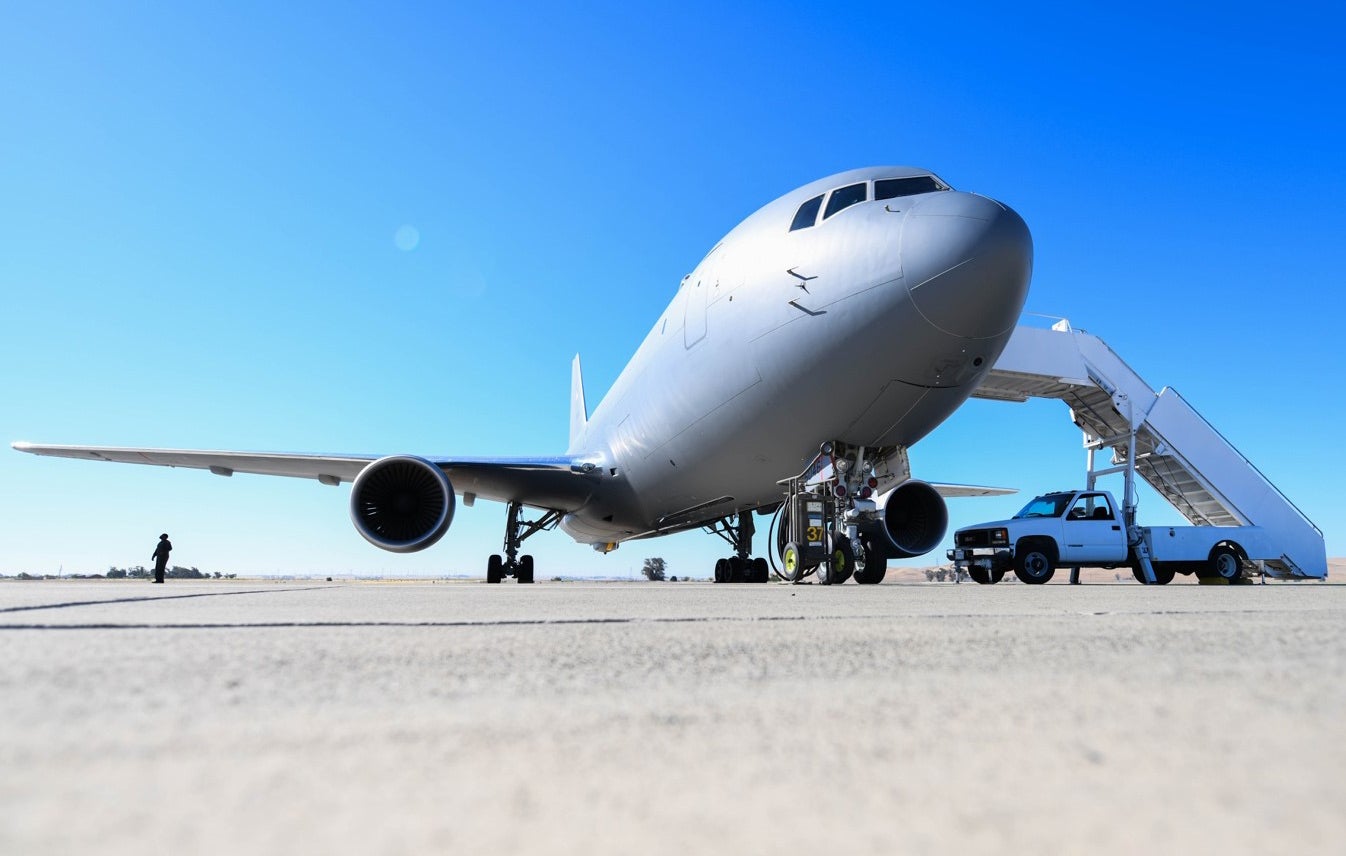The U.S. Air Force has described its bedeviled KC-46A Pegasus tanker as a “lemon,” amid ongoing problems that prevent it from performing its primary aerial refueling mission on a day-to-day basis. Now the Air Force is trying to find other ways to make use of these aircraft, of which it has already received 42 examples located at four operating bases.
With deliveries set to continue at a rate of two aircraft per month, the service is now looking to put the Pegasus to work by fast-tracking at least some of the aircraft already delivered into “limited operations,” but probably not involving its core mission set of aerial refueling. Nevertheless, the move could enable the Pegasus to at least provide some utility during real-world operations as the Air Force counts down to the declaration of full operational capability, which won’t happen until late 2023 or 2024 at the earliest.
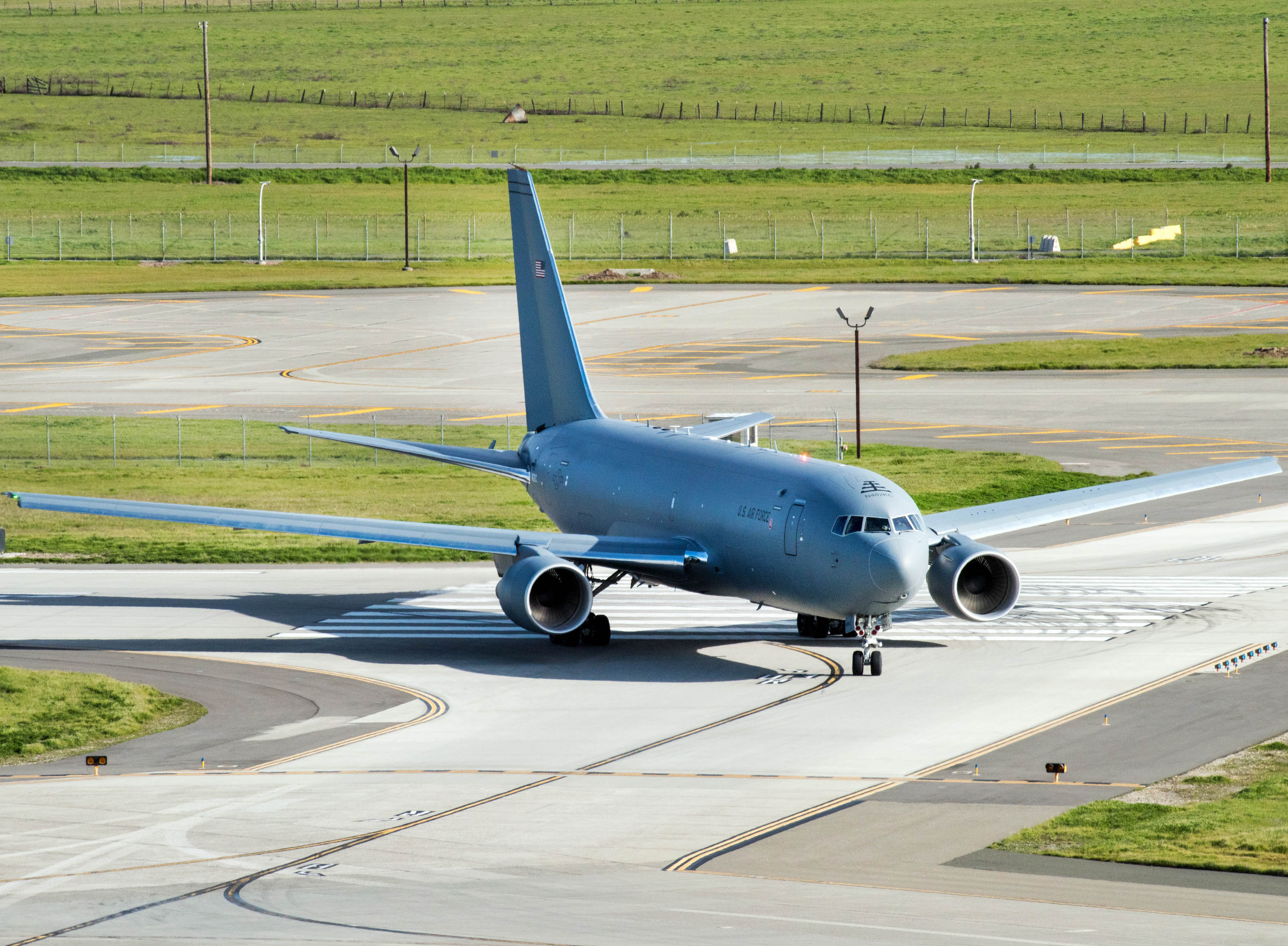
“As I look over the 10 years, I have to say… right now where we’re at in the program is we’re making lemonade out of lemons,” General Jacqueline Van Ovost, the head of Air Mobility Command, told members of the press, as reported by the Defense One website. The embarrassing setbacks that have become an all-too-familiar aspect of the next-generation tanker program were also highlighted yesterday in an unusually candid tweet from the U.S. Transportation Command (USTRANSCOM), which admitted that problems with the tanker put “America’s ability to effectively execute day-to-day operations and war plans at risk.”
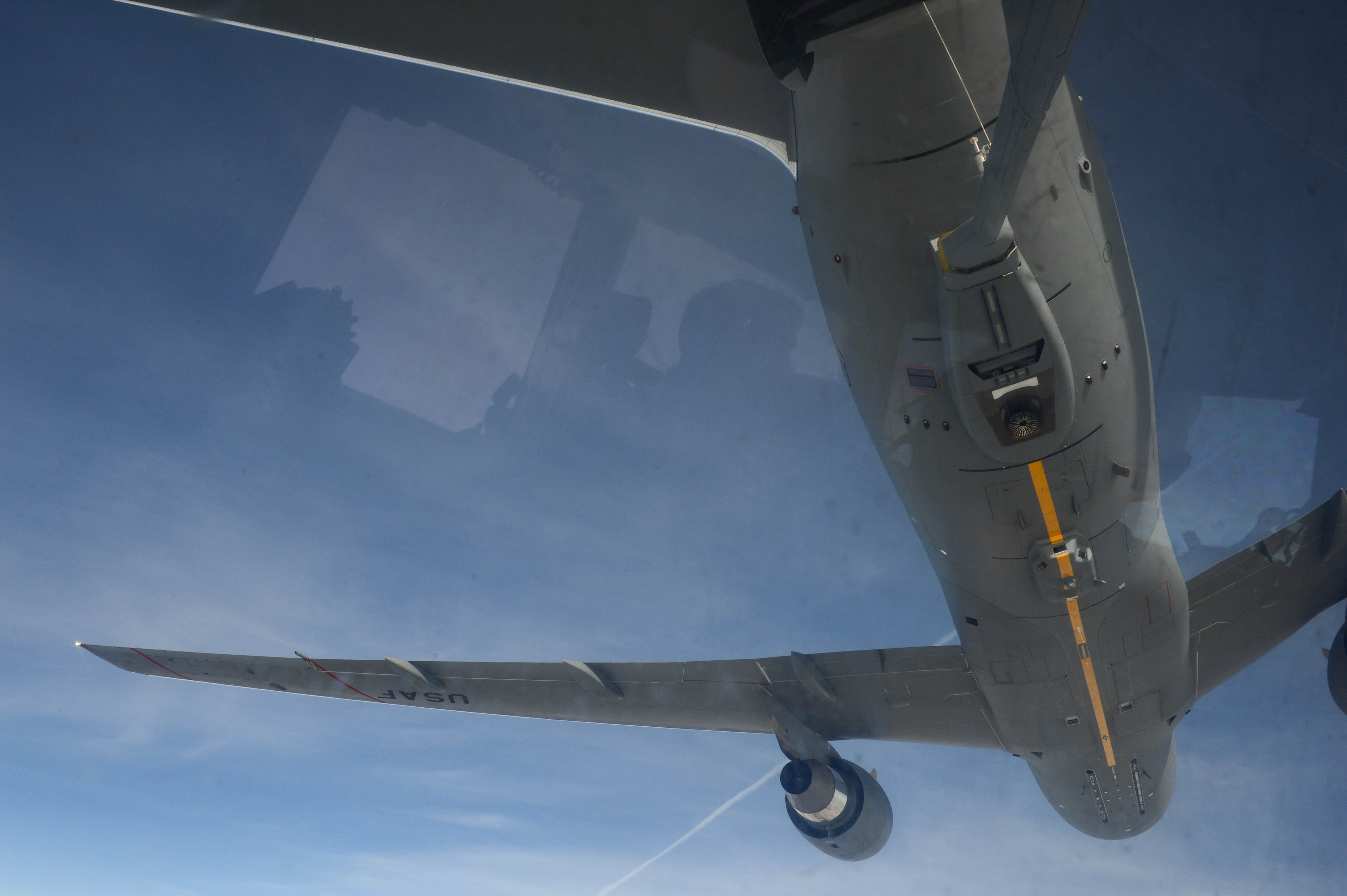
Amid a catalog of problems that have beset the KC-46, the aircraft’s fundamental ability to transfer fuel to other aircraft has still not been perfected, a full 10 years after Boeing first received an Air Force contract to build 179 of what was then known as the NewGen Tanker to partially replace the service’s roughly 400 Cold War-era KC-135 Stratotankers. So far, 94 of the planned KC-46s have been ordered. The Air Force took delivery of its first KC-46A in January 2019, years behind schedule.
In the meantime, the Air Force test community continues to iron out problems with the refueling system and increase the number of receiver aircraft cleared to work with the tanker. To date, the KC-46 has been qualified to refuel 10 aircraft — with some restrictions — and General Van Ovost said that another five new types will be added in the coming months.
Among the aircraft that the KC-46 has refueled are the F/A-18 Super Hornets of the U.S. Navy’s Blue Angels, supporting the aerobatic team for the first time during its flyover of the Army-Navy football game at West Point, New York, last December. Other Navy aircraft, too, have been topped up during their own long-range deployments. In these instances, the Pegasus has made use of its centerline hose-and-drogue that has been working effectively.

Authorization for a new “limited operational capability” is now under study, General Van Ovost confirmed, although she did not explain what types of missions this might encompass. In the past, the Air Force has said it would not use these tankers for day-to-day refueling missions, even in many non-combat roles, until the Remote Vision System (RVS) that the KC-46’s boom operators use when linking up with receiving aircraft, is fixed. Work in this critical area is still ongoing.
Overall, the RVS is a fundamental part of the KC-46A’s ability to operate as a tanker. Unlike previous Air Force refueling aircraft, where the boom operator was actually situated in the rear of the aircraft and could directly see the relationship between the boom and the receiving aircraft, on the new KC-46A the same personnel sit in the aircraft’s main cabin.
General Van Ovost said that work on the RVS isn’t expected to be complete until “late 2023.” Of course, when the RVS fix is finalized, it will still take time to integrate it into all the existing aircraft as well as to train the personnel to use it. All of this will combine to push back the timeline for when the KC-46s will actually be viable tankers for full-spectrum combat operations.
The persistent difficulties the KC-46 is having in its ability to master aerial refueling suggest that the formal move to a limited operational capability will still see the Pegasus flying more, but in non-tanking missions.
As well as being configured to refuel American, allied, and coalition military aircraft, the KC-46A has always been designed to carry passengers and cargo, as well as patients in an aeromedical role. More recently, the Pegasus has also been tested as a command and control platform hosting the Advanced Battle Management System, or ABMS, which you can read more about here and here. All these mission options have already been flown in at least an evaluation capacity, and could potentially be expanded into more regular operations, too.
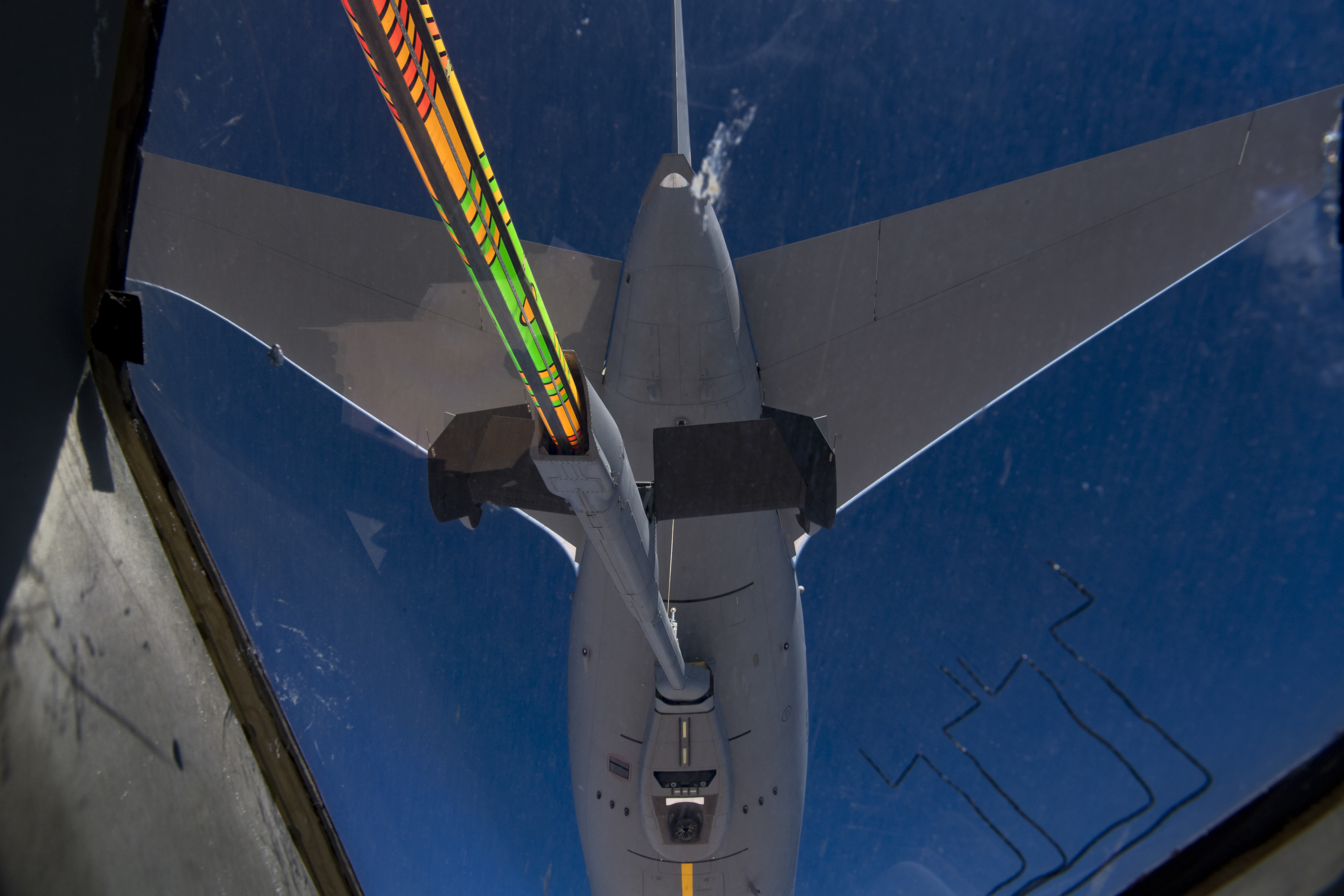
While using the KC-46 in other roles would be a step forward for the aircraft, it does little to reduce the strain on the Air Force’s other tanker fleets, especially as the service looks to retire its older KC-135Rs and KC-10A Extenders. The first examples of the latter are already being sent to the boneyard.

While Van Ovost said she hopes that work to resolve the aforementioned issues with the RVS can be accelerated, other problems are still coming to light, as well. These include two different faults recently identified in the aircraft’s auxiliary power unit, although these seem to have been relatively quickly addressed, at least partially.
There is also the fact that it requires more force for the boom on the Pegasus to connect with a receiving aircraft than with previous Air Force tankers and there have been a host of other problems, some of which have been serious enough to be classed as Category I issues: those that would prevent the aircraft from performing one or more primary missions. Items affected by Category I issues have included the cargo locks on the cabin floor in the aircraft, a problem that has now been resolved, as well as a fuel system that leaks excessively.
The wing-mounted aerial refueling pods, which will allow the KC-46 to top up three probe-equipped aircraft simultaneously, have also suffered from delays, with Boeing delivering the first nine sets of hose-and-drogue pods almost three years later than originally planned.
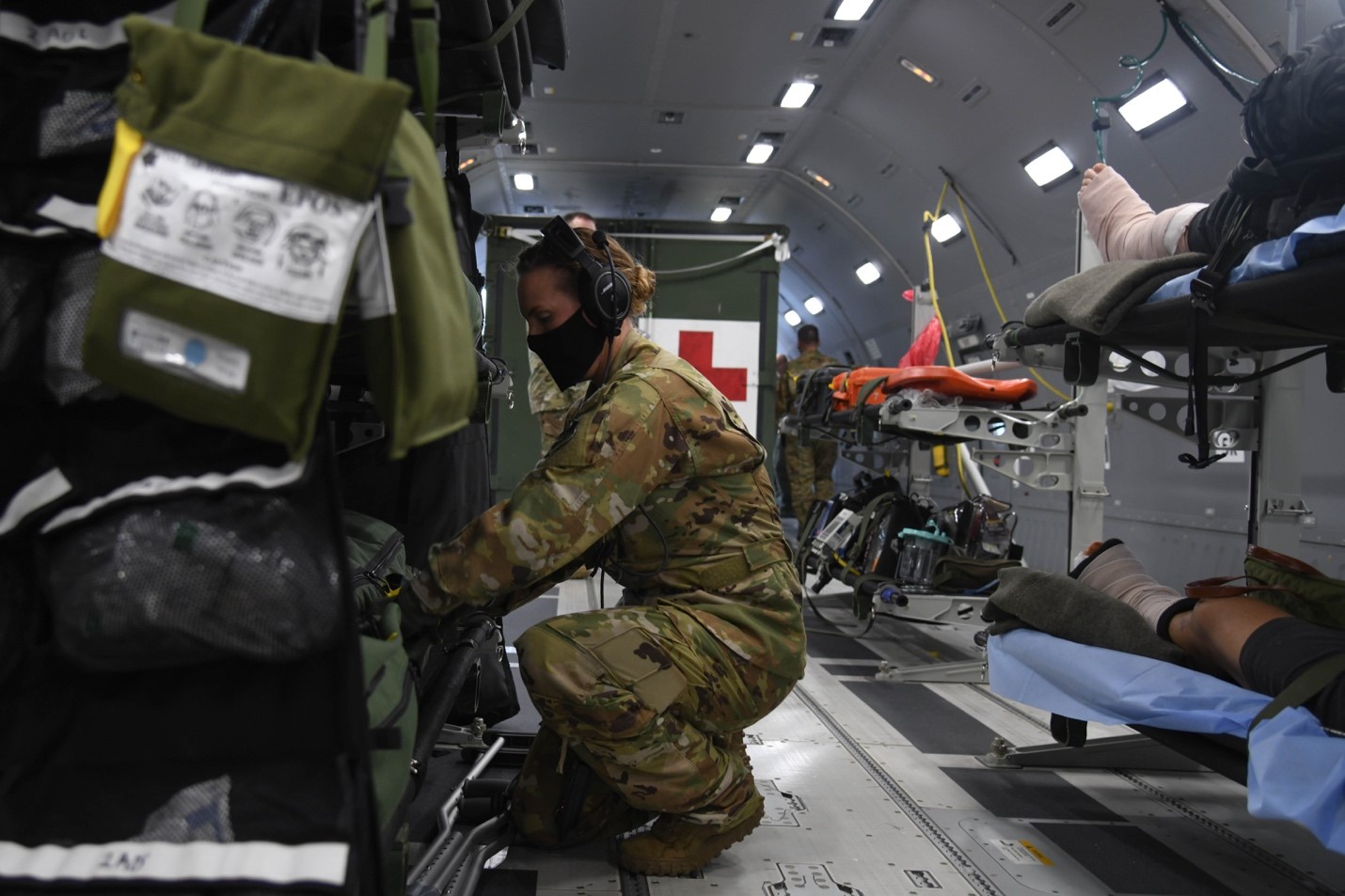
Quality control has also been a persistent issue with the KC-46. Last March, a Senate Armed Services Committee hearing revealed that the delivery of a Pegasus to the New Hampshire Air National Guard had been halted due to an electrical issue. Boeing previously also had to suspend deliveries of the tankers on multiple occasions due to the repeated discovery of foreign object debris in completed aircraft.
While work continues to address the outstanding shortcomings, the Air Force and Boeing have agreed to proceed with the deliveries of the aircraft, with the Chicago-headquartered planemaker having said it will fix the remaining deficiencies, while the Air Force’s top leadership reserves the right to withhold full payment for the planes — up to $1.5 billion in total if the service docks the company for each of the 52 aircraft in the first batch of planes — until it sees real progress. So far, Boeing has lost more than $5 billion due to delays and shortfalls in the program, which exceeds the value of the initial contract.
Declaration of limited operational capability might then come as good news to operators of the KC-46, but the message sent by a tanker that’s not able to perform in its primary role will likely only add weight to the argument for hiring private contractors to provide aerial refueling services to the Air Force.
It may also be a cause for concern for the KC-46’s first export customer, Japan, which exercised an option for its third and fourth examples, through the Foreign Military Sale (FMS) process, last October. Japan’s first KC-46 is scheduled for delivery in 2021. Israel, meanwhile, has received U.S. State Department approval for the potential sale of eight KC-46s, as it seeks to select a replacement for its aging Boeing 707-based tankers.
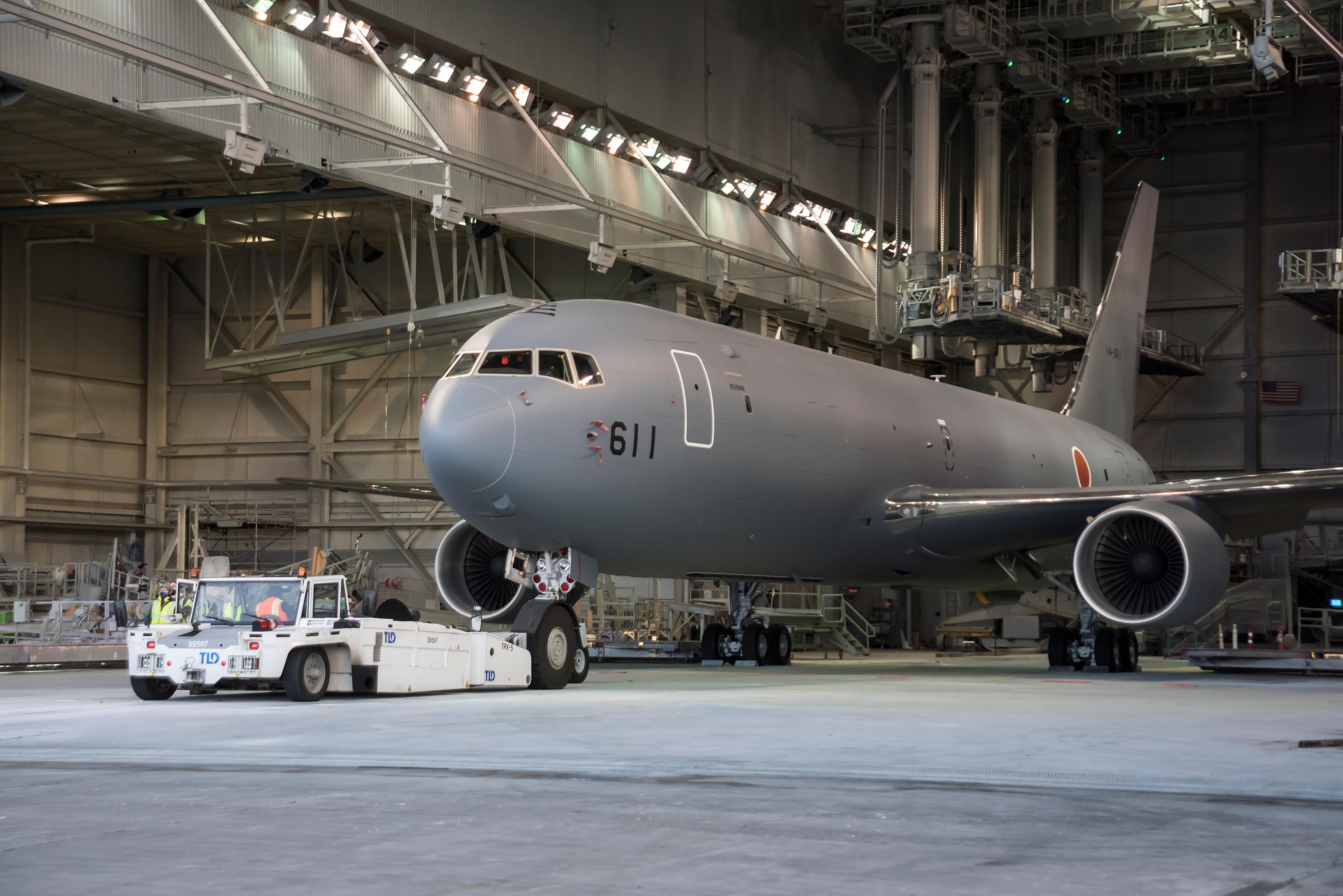
In the meantime, it will be left to the service’s previous-generation tankers to take up the slack. The fact that senior U.S. military officials have warned that retiring veteran KC-135Rs and KC-10As could create a dangerous capability gap shows just critical the tanker mission is, and how far off the KC-46 is from being capable of fully performing its main mission set.
Contact the author: thomas@thedrive.com
